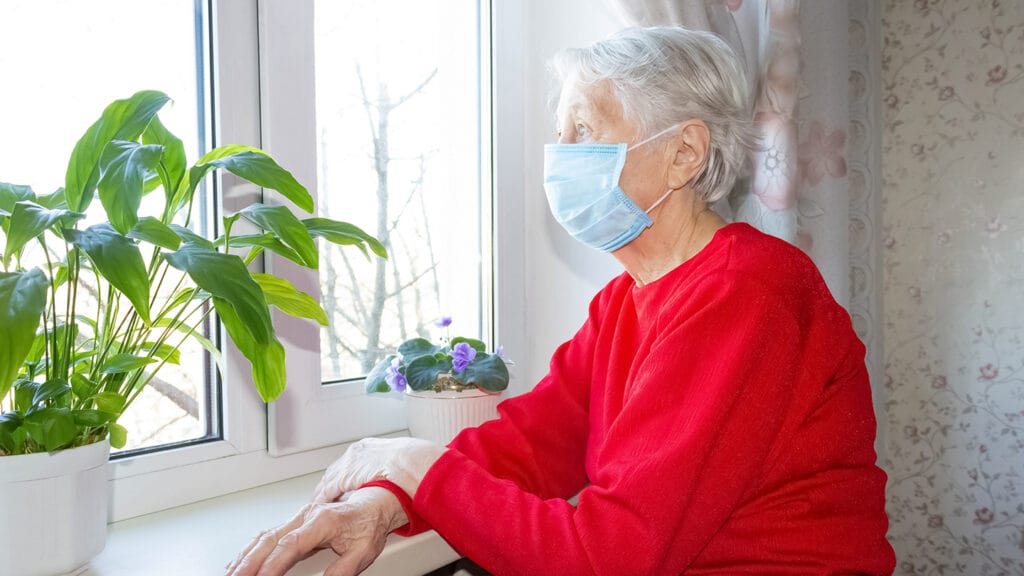
The U.S. must agree on a new social construct or agreement to solve the ever-increasing direct care worker shortage. Policy analysts and social rights advocates drew that conclusion Monday during a webinar hosted by PHI National on inequities in the direct care industry.
A recent study by PHI found nearly 90% of direct care workers are women and more than two-thirds are people of color. Jobs traditionally held by women have been deemed as less valuable and, therefore, tend to pay much less, Ariana Hegewisch, senior fellow at the Institute for Women’s Policy Research, explained during the webinar. That has led to a gender wage gap in the U.S. that has severely affected the direct care industry’s mostly female workers who earned a median hourly wage of $13 in 2020.
Hegewisch said if the nation expects to care for an estimated 80 million seniors within the next two decades, policymakers in Washington will need to act aggressively.
“[Direct care work] is very labor intensive; it’s not something you can automate and so, that means it has to have a social infrastructure,” Hegewisch explained. “It has to be provided through taxation or through other supports, and we have to set general standards.”
There are currently an estimated 4.5 million direct care workers in the U.S. PHI estimates the nation will need another 6.9 million by the end of the decade. Recently, the nonprofit launched the Direct Care Worker Equity Institute to address issues, such as gender injustice and systemic racism, that PHI says are at the core of poor job quality in the direct care industry.
Roots of inequality
Social rights advocates say inequality within the direct care workforce can be traced back to the 19th century when slaves acted as caregivers. In the 20th Century, the National Labor Relations Act and the Fair Labor Standards Act, which paved the way for collective bargaining, a minimum wage and 40-hour work week, didn’t cover direct care workers in the home. While the Fair Labor Standards Act has since been amended to cover direct care workers, those who work as independent contractors aren’t covered by workers compensation or unemployment insurance.
“This is an example of structural racism and the ways that laws, policies and practices are used to disadvantage racial and ethnic minorities,” Ruqaiijah Yearby, co-founder of the Institute for Healing Justice and Equality, said during the webinar.
Immigration reform
Reforming immigration laws could also provide a pipeline to much-needed direct care workers. PHI estimates that a quarter of the nation’s direct care workers are immigrants and many more could be working under the radar in the so-called gray workforce.
The Encuentro Training program in Albuquerque, NM helps support immigrant direct care workers through linguistically and culturally specific education and placement services. Since Encuentro began offering the training program six years ago, 220 immigrants have graduated and successfully found work as caregivers.
“Our approach is understanding that having workers understood and supported, having clients understood and supported is going to make for a better society and a better community,” Mayte Lopez, home healthcare coordinator for Encuentro, said during the webinar.



